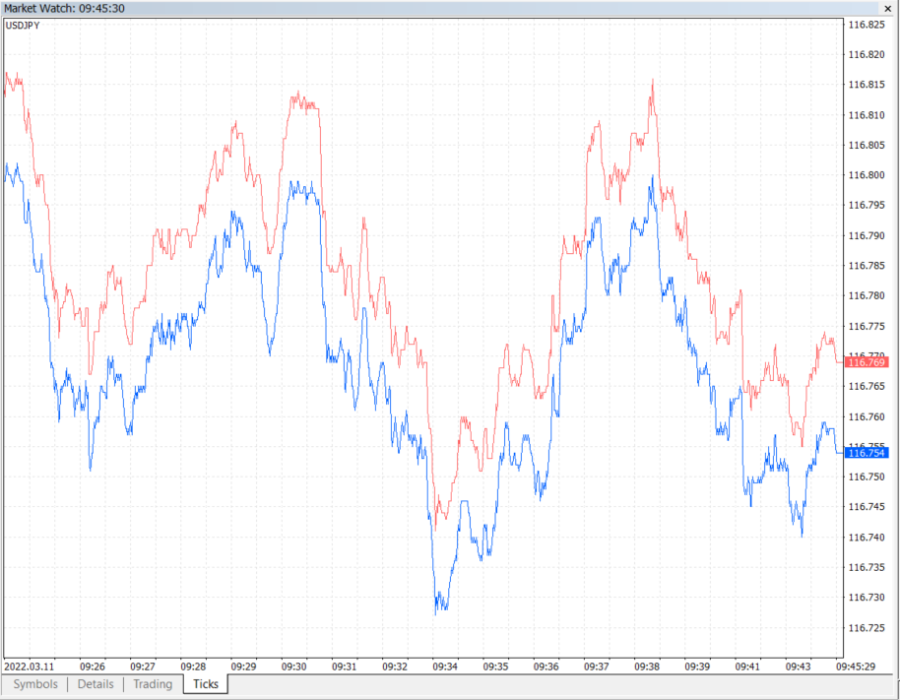Tick Size
What is tick size?
Tick size is the smallest possible price movement a stock or security can experience while trading; it may vary depending on financial markets, types of securities, volume, and value of the trade.
In the US markets, tick size increments are expressed in dollars or cents. Stocks typically trade in one-cent increments, while currencies have tick sizes in pips and rates in basis points (bps).
How is tick size measured?
Many markets today use the decimal system.
Depending on the market, the tick size can be 0.1, 0.01, or some other decimal unit. For example, if a security is trading at 6.035 in a market where the tick size is 0.001, a price change can be registered at 6.036 when it moved up a tick, or 6.034 when it fell. Market publications indicate the size of the tick for reference.
Tick sizes in Forex
Pips are equivalent to 1/100, one basis point, or 0.01%. The forex market uses a four-decimal quotation convention, with pips for tick size.
For example, EUR/USD might have a bid of 1.1257. Some forex brokers also offer prices in pips to five decimal places. For example, the quote above could be further defined as 1.12573. There are 10 fractional points per pip. The point value varies depending on the currency pair.
To see the tick chart in MetaTrader 4 or MetaTrader 5, open the Market Watch window and choose the ‘Ticks’ tab at the bottom.

Why is it important?
It is important for investors who follow international markets to know the increment size and how often the market updates its reporting. This information can be critical to investment and trading decisions. In addition, algo traders use tick data to test and optimize automatic trading systems and Expert Advisors.
Markets use tick size in various ways. In addition to helping investors track the movement of stocks and securities, it can also enforce certain trading rules. In many markets, certain types of transactions may only be allowed during established market movements or may be prohibited during others. For example, many markets only allow short selling during rallies, which prevents unscrupulous traders from taking advantage of the market and can also prevent panic, as can happen after a series of downturns that upset investors.